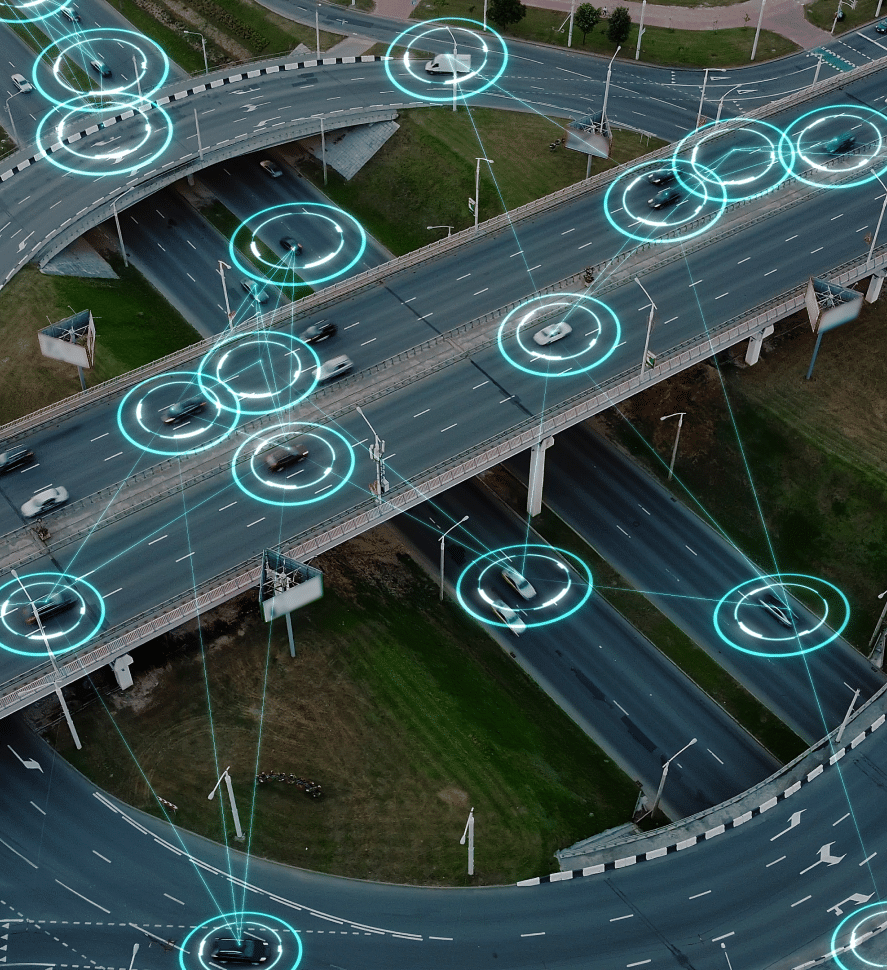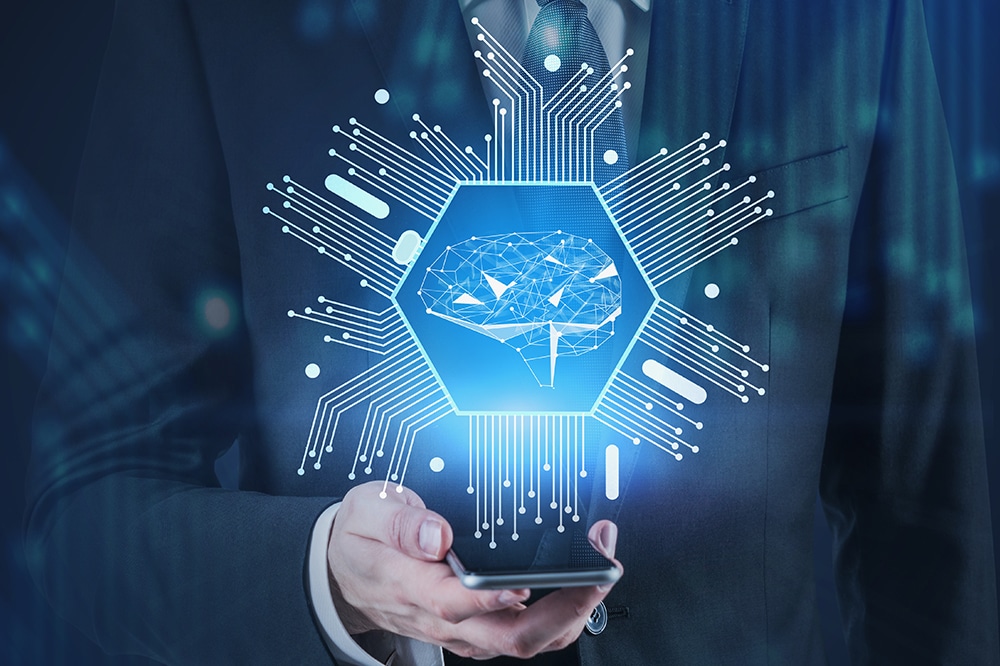D
- Data Analytics
- Data Loss Prevention
- Data Migration
- Data Platform
- Data Privacy
- Data Science
- Data Transformation
- Deep Learning
- Definition of Protocol Analysis | OrangeMantra
- Denial of Service (DoS)
- Dependency Scanning
- DevOps
- DevSecOps Pipeline
- Digital Engineering
- Digital Forensics
- Digital Transformation
- Disaster Recovery
- Distributed Version Control System (DVCS)
- Dynamic Application Security Testing (DAST)
Deep Learning
Simple Definition for Beginners:
Deep learning is a subset of machine learning that uses artificial neural networks to learn from large amounts of data and make predictions or decisions without explicit programming.
Common Use Example:
A deep learning model analyzes medical images to detect abnormalities, helping doctors diagnose diseases more accurately.
Technical Definition for Professionals:
Deep learning is a branch of machine learning that utilizes artificial neural networks with multiple layers (hence “deep”) to learn complex patterns and representations from data. It involves training neural networks on large datasets to automatically discover hierarchical features and relationships, without the need for manual feature extraction. Deep learning models can perform tasks such as image recognition, natural language processing, speech recognition, and autonomous decision-making. Key components of deep learning include convolutional neural networks (CNNs) for image analysis, recurrent neural networks (RNNs) for sequence data, and deep learning frameworks like TensorFlow and PyTorch for model development and training.
Deep Learning

